American Democracy and Its Discontents
Get all our news
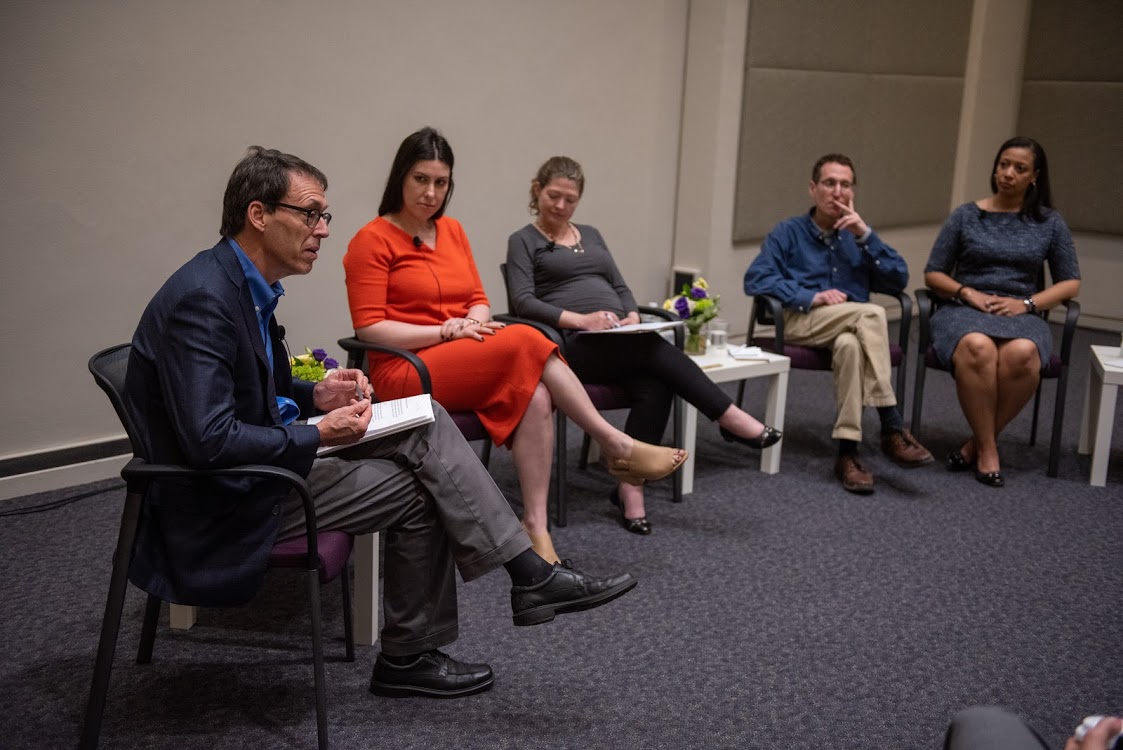
From left: Peter Slevin dug into the ailments of American democracy, and possible fixes, with with Rachel Davis Mersey, Laurel Harbridge-Yong, James Druckman, and Jennifer Richeson.
Subscribe to your local newspaper. Reset the algorithms of your social media feeds. Think of the under-resourced child three blocks away as your own.
These were among the proposals to fix some of the ailments of American democracy highlighted during the final IPR@50 conference panel. Medill's Peter Slevin, an IPR associate, discussed the media landscape, the erosion of democratic institutions, and the civility of our political discourse with IPR political scientists James Druckman and Laurel Harbridge-Yong, IPR mass communication scholar Rachel Davis Mersey, and Yale social psychologist Jennifer Richeson.
“As a country, as a society—we’re facing questions especially in the last couple of years that we thought were settled in many ways,” Slevin said, referring to evidence, truth in politics, “fake news,” and basic American principles, in opening the panel.
In discussing the media and information environment, Mersey said the loss of local newspapers has led to a decline in coverage of important local issues, while unregulated social media has fueled misinformation.
“It’s really hard to put the worms back in the can,” she said, referring to the difficulty of correcting misinformation after social media users have consumed the content.
News organizations no longer enjoy the authority they once had. Social media gives advantage to the “loudest megaphone,” Mersey added, and blurs the definition of news and entertainment.
In addition to local newspaper subscriptions, Mersey suggested the audience should read more international news, get as close to the original source as possible, and listen to opinions that do not agree with their own.
Some studies seem to suggest that we are seeing some of the most polarized Congresses in U.S. history, Slevin said. “Is bipartisanship dead, is the partisanship as bad as it seems, and if so, who’s to blame?”
There are no easy answers, Harbridge-Yong responded. Part of the challenge is understanding what is going on with the public and what is going on with Congress.
While the media narrative depicts a widening political polarization, voters’ beliefs are not that far apart compared to historical standards, she continued. But it is true that state legislatures and Congress are home to fewer moderates and have become engines of partisan gridlock.
So we see less common ground for bipartisanship—and fewer incentives for officials to reach that common ground, she said.
In surveys of legislators, Harbridge-Yong and her colleagues show that elected officials misperceive what the public wants. They fear that voters will punish compromise, though voters—even many partisan ones—favor compromise most of the time. Instead, the legislators are responding to a “very vocal minority” of their electorate who favors partisanship.
Meanwhile, many would point to Americans as being polarized as never before, but that may be a “false narrative,” Druckman said.
“What’s changed is not that people are more polarized,” but rather who they are thinking about when they are asked to rate voters of the other party on partisanship in opinion polls.
In the past, respondents might have been thinking about a family member of the other party, but when asked today, they are likely thinking about those on social media who are typically much more extreme and “loud,” Druckman said.
In a survey asking respondents to rate aspects of partisan identity, partisanship came in “dead last,” Druckman said. “In day to day life … partisanship is really not that important.”
The greater problem, Druckman said, is as the previously excluded groups become more and more politically enfranchised, it leads to a new kind of discrimination related to issues of racial threat, bias, and stereotyping.
Richeson, who has studied such issues, found that white Americans responded to news the country will be majority nonwhite by 2040 by expressing greater racial animus toward other groups. As the U.S. becomes more racially and ethnically diverse, many Americans are embracing conservative ideology more, as well as conservative positions on social policies that do not explicitly deal with race.
“Conservatism is an embrace of the status quo when uncertainty is on the other side,” she said, in explaining the political shift.
Richeson said people falsely assume this demographic change will translate to racial equity. Instead, the country still needs to “aggressively” pursue policies to achieve equity.
She also suggested people engage with their communities and get to know people around them who may have different backgrounds and political ideologies.
Community “means caring about the wellbeing of the other people who aren’t like us in the same community,” Richeson said.
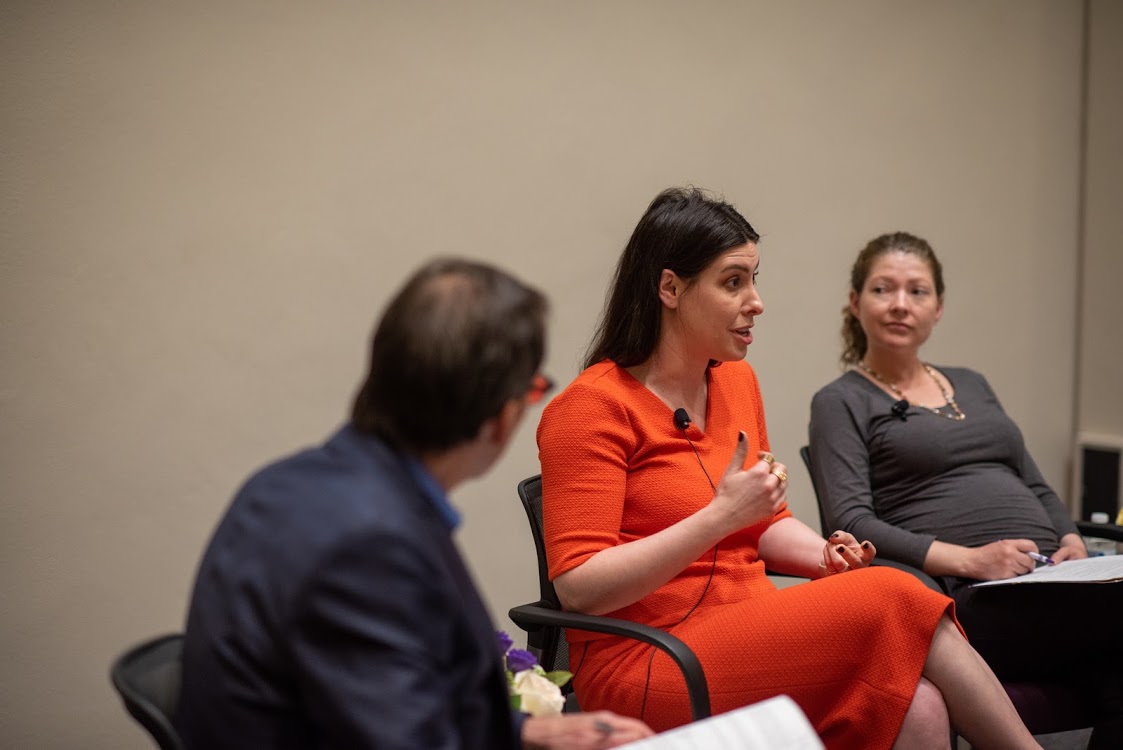
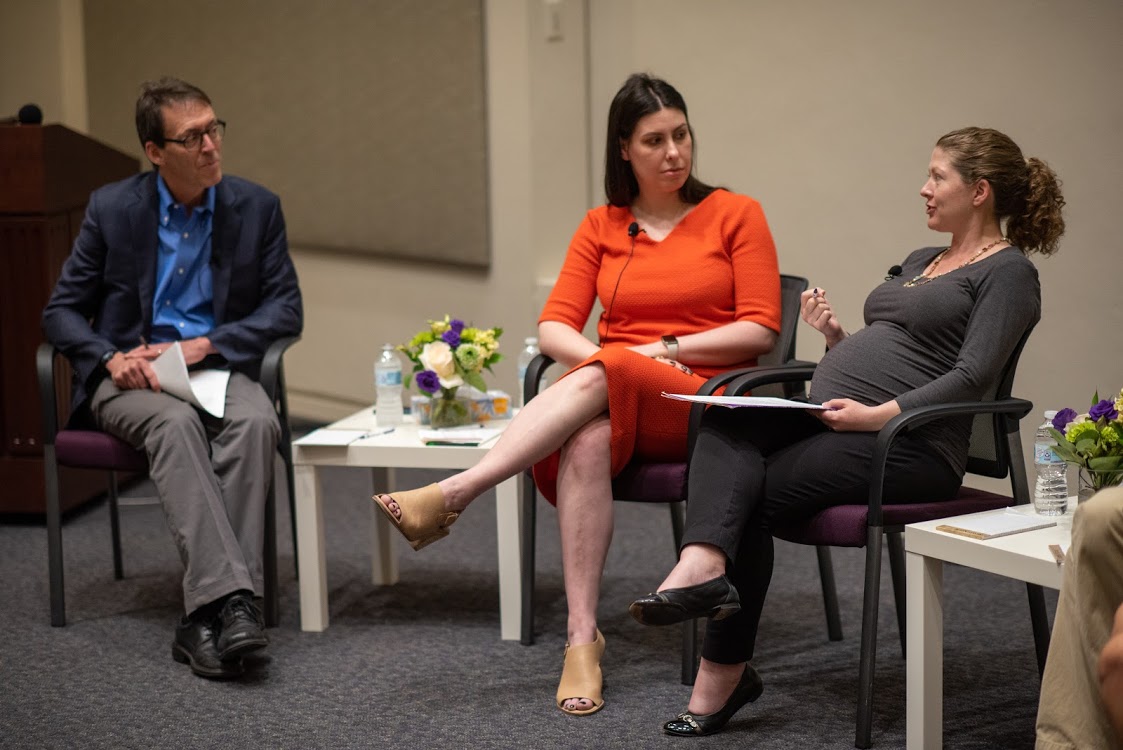
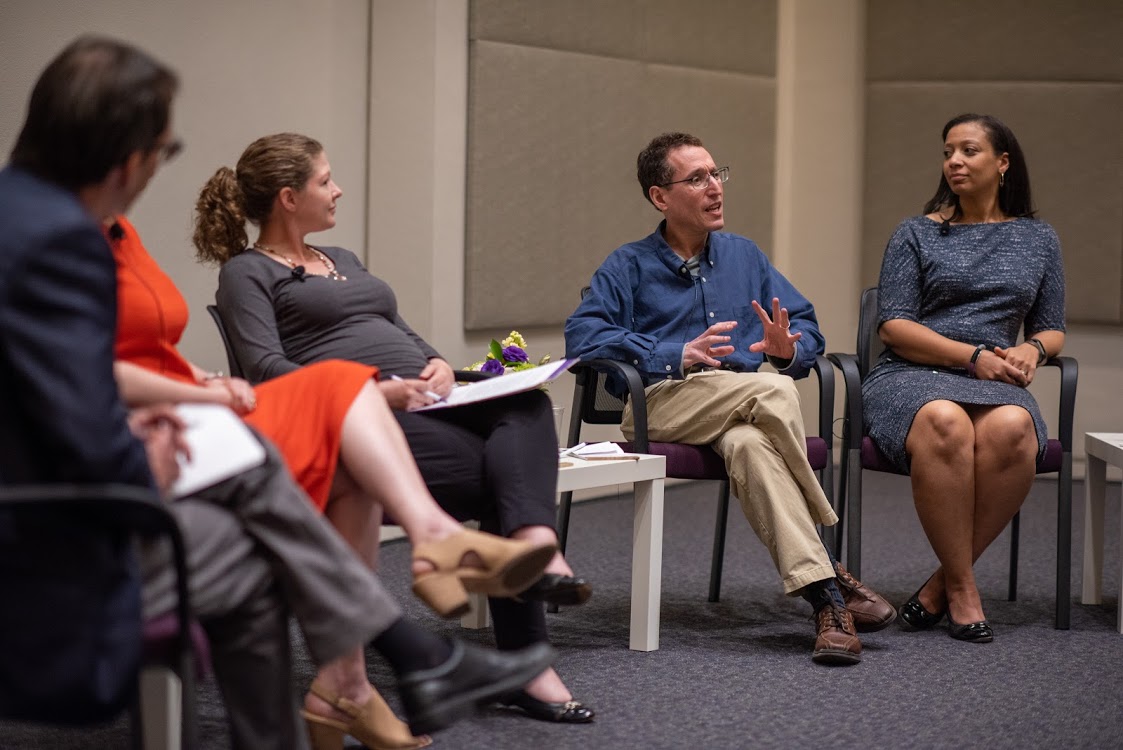
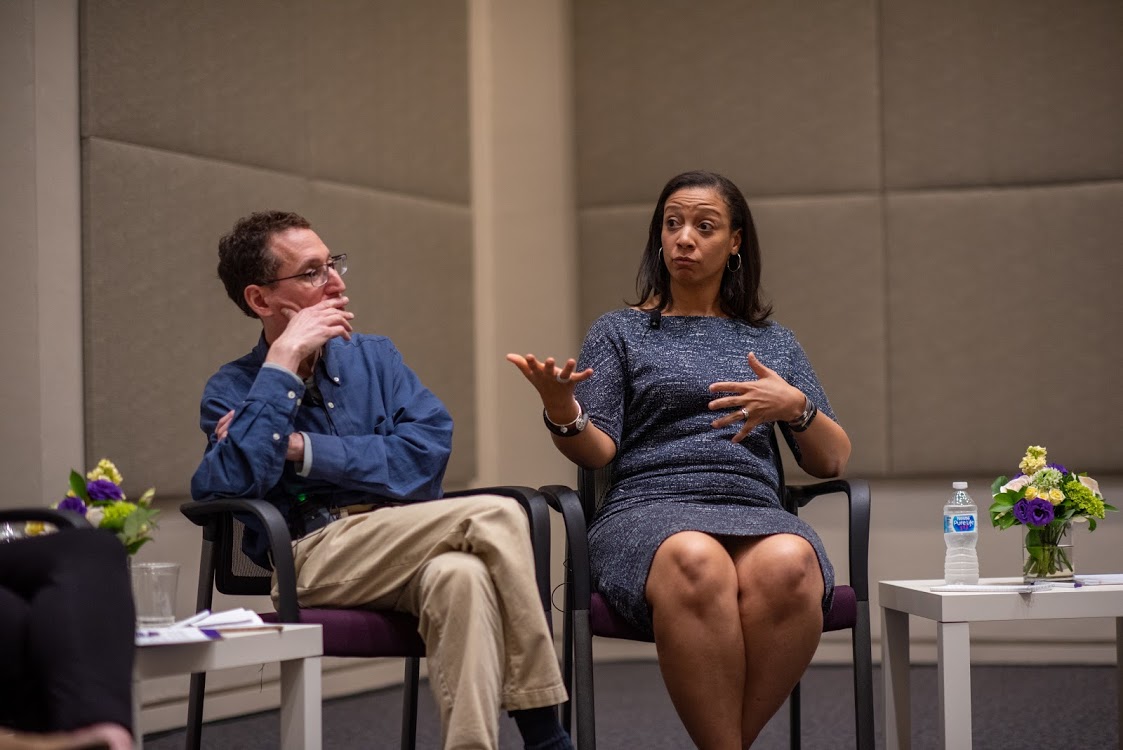
James Druckman is the Payson S. Wild Professor of Political Science, and IPR associate director and fellow. Laurel Harbridge-Yong is associate professor of political science and an IPR fellow. Rachel Davis Mersey is associate professor of journalism and an IPR fellow. Jennifer Richeson is the Philip R. Allen Professor of Psychology at Yale University and an IPR faculty adjunct. Peter Slevin (moderator) is associate professor of journalism and an IPR associate.
Photo credits: Rob Hart.
Published: July 16, 2019.


